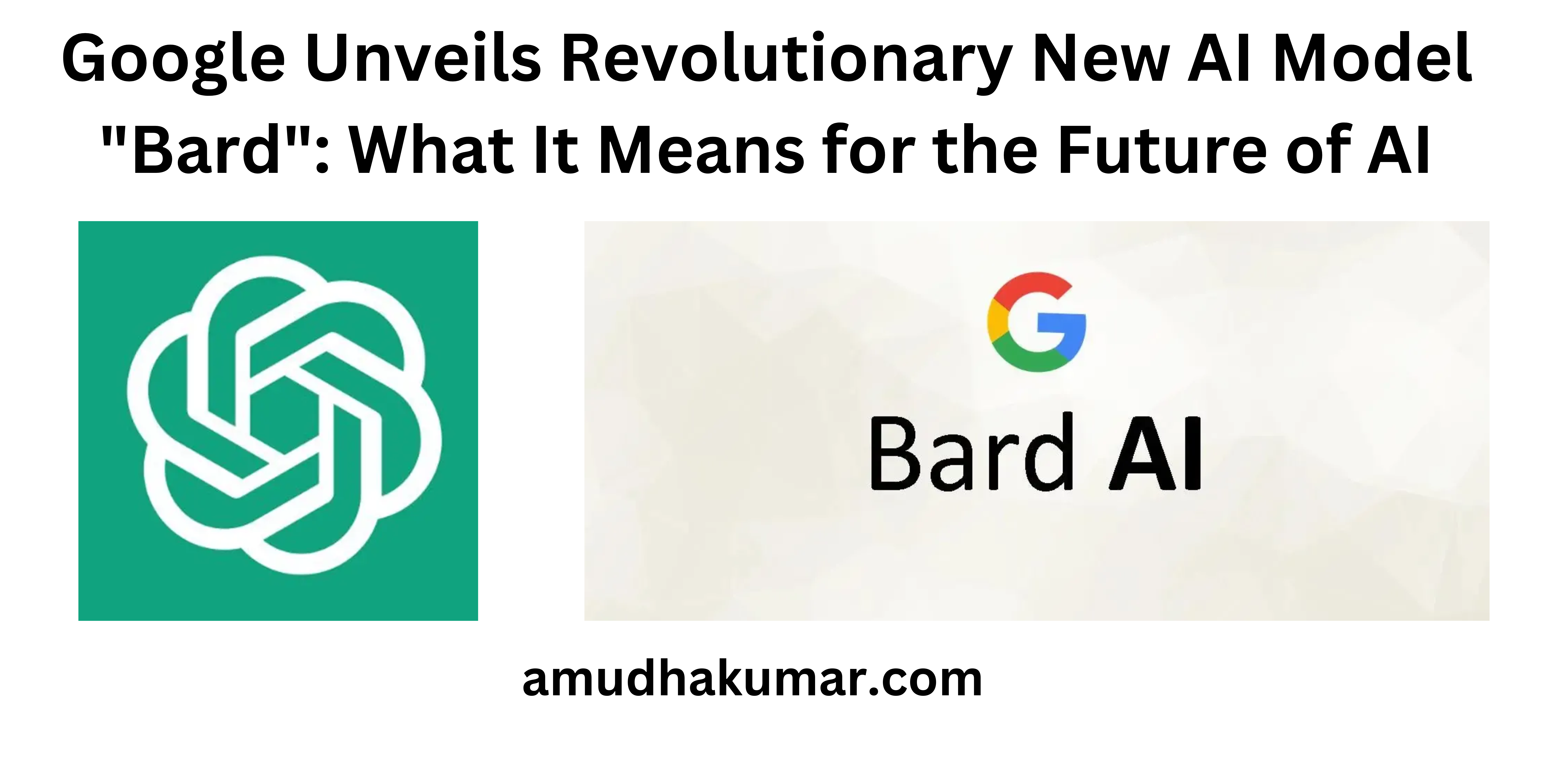Google, the world's largest search engine and technology company, has recently announced the unveiling of BARD, an artificial intelligence language model that aims to compete with OpenAI's ChatGPT. This announcement has created a buzz in the technology industry, with experts and enthusiasts discussing the potential implications of this development. In this article, we will explore the key features of BARD and how it compares to ChatGPT, and also provide insights into the potential impact on the future of artificial intelligence and language processing.
Understanding BARD
BARD, which stands for Bidirectional Encoder Representations from Transformers, is an AI language model developed by Google that has been trained on large amounts of text data. The model is designed to generate human-like text, making it capable of performing a wide range of natural languages processing tasks such as text classification, question-answering, and text generation.
Key Features of BARD
One of the key features of BARD is its ability to understand the context of a text, which allows it to generate more accurate and coherent text. Additionally, the model has been trained on a diverse range of text data, which enables it to generate text that is more representative of the wider population.
Another important feature of BARD is its ability to perform unsupervised learning, which means that it can learn from the data without being explicitly told what to do. This makes it more flexible and adaptable than other language models that require supervised learning.
Comparing BARD and ChatGPT
While both BARD and ChatGPT are advanced AI language models, there are several key differences between them. One of the main differences is the size of the models, with BARD being significantly larger than ChatGPT. This means that BARD has a larger capacity to process and store information, making it more powerful in terms of language processing.
Another difference between the two models is the type of data they have been trained on. ChatGPT has been trained on a smaller dataset compared to BARD, which means that it may not be as representative of the wider population. Additionally, BARD has been trained on a more diverse range of text data, which enables it to generate more diverse and inclusive text.
The Future of AI and Language Processing
The unveiling of BARD by Google represents a major step forward in the development of AI and language processing. The model's ability to perform unsupervised learning and generate human-like text means that it has the potential to revolutionize the way we interact with technology.
As AI and language processing continue to advance, it is likely that we will see the development of even more advanced models that are capable of even more sophisticated tasks. This will have significant implications for a wide range of industries, including healthcare, education, and customer service, among others.
Conclusion
In conclusion, BARD is a powerful and sophisticated AI language model developed by Google that aims to compete with OpenAI's ChatGPT. The model's key features, including its ability to understand context and perform unsupervised learning, make it a significant development in the field of AI and language processing. The future of AI and language processing is exciting, and we can expect to see even more advanced models in the near future.



0 Comments
Post a Comment